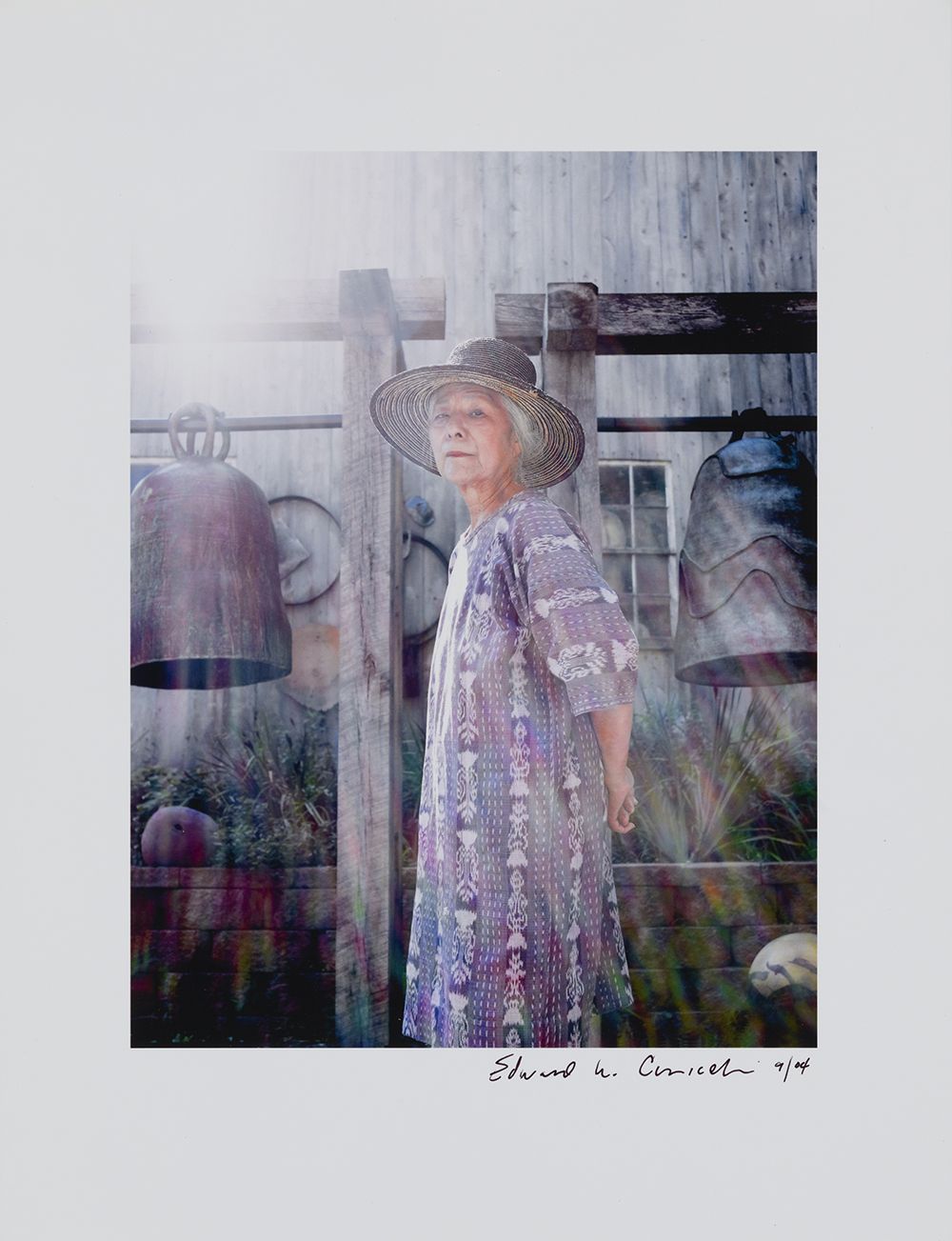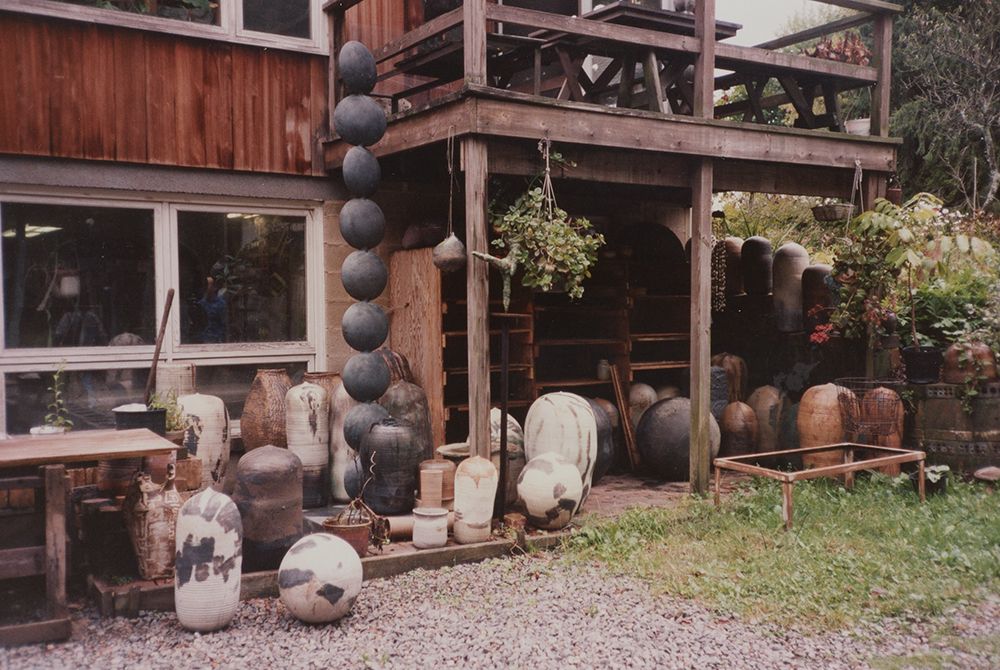New Collections: Toshiko Takaezu Papers
/https://tf-cmsv2-smithsonianmag-media.s3.amazonaws.com/blogging/featured/AAA_takatosh_69866_SIV-detail.jpg)
Born in the United States to parents who had immigrated from Japan, ceramicist Toshiko Takaezu (1922–2011) was often asked in interviews how her Asian heritage influenced her art. According to her 2003 Archives of American Art oral history interview, Takaezu felt conflicted about her bicultural background growing up. “[It] took me years and years to realize that it wasn’t one or the other,” she explained, “It’s yourself, you take the best of each.” This ability to synthesize what some might consider disparate strands of her life and create her own unique aesthetic is a constant theme in her papers. While Takaezu began donating material to the Archives in 1978, the final segment of her papers was recently acquired, and the entire collection is now being prepared for digitization.

Although her early work consisted of pots, bowls, and plates, Takaezu went on to create distinctive “closed-form” objects, essentially sealed sculptures that were hollow on the inside, with only a few small openings to release heat during the firing process. Their size and shape varied; there were columns that could reach six feet in height and spherical forms that she referred to as “moons.” These closed forms, which became her signature, were glazed in vibrant blues, browns, blacks, and sometimes streaks of gold and pewter. Their evolution and persistence in Takaezu’s work are well documented in her voluminous papers in the form of exhibition catalogues, magazine articles, newspaper clippings, photographs, slides, and transparencies.
Takaezu’s teaching career at the Cleveland Institute of Art and Princeton University, among other institutions, is represented in the papers through organization files and enthusiastic letters from students. As an art instructor, she seemed to abide by the “know thyself” dictum, nudging pupils to explore and develop their own styles once they had mastered the requisite skill set rather than dwelling on technical minutiae. She herself appeared to arrive at artistic revelations through the physical exertions of working with the clay. Films and photographs documenting her activities in the studio and the classroom capture her at the wheel giving her work her undivided attention.

Researchers using the collection will find it impossible to overlook the diverse group of influential women in Takaezu’s life. Much has been written about her eight-month trip to Japan in 1955, but interview transcripts show that one of Takaezu’s main objectives was to see the work of Otagaki Rengetsu, a nineteenth-century Buddhist nun renowned for her poetry, calligraphy, and pottery. Additionally, the papers include extensive family correspondence, mostly with her mother and several of her seven sisters, as well as artist files on her mentor, ceramicist Maija Grotell, and her close friend, fiber artist Lenore Tawney, who lived and shared studio space with Takaezu for several years in Quakertown, New Jersey.
Takaezu often said that the most important thing about her art is the dark space inside the piece that cannot be seen. Her papers illuminate the life of a woman driven by a singular creative vision and are an invaluable resource on the myriad ways that Japanese Americans such as herself and Yasuo Kuniyoshi, Chiura Obata, Miné Okubo, and Kay Sekimachi, whose papers are also housed at Archives, have contributed to the arts in the US.
This essay was originally published in the Fall 2020 issue (vol. 59, no. 2) of the Archives of American Art Journal.
